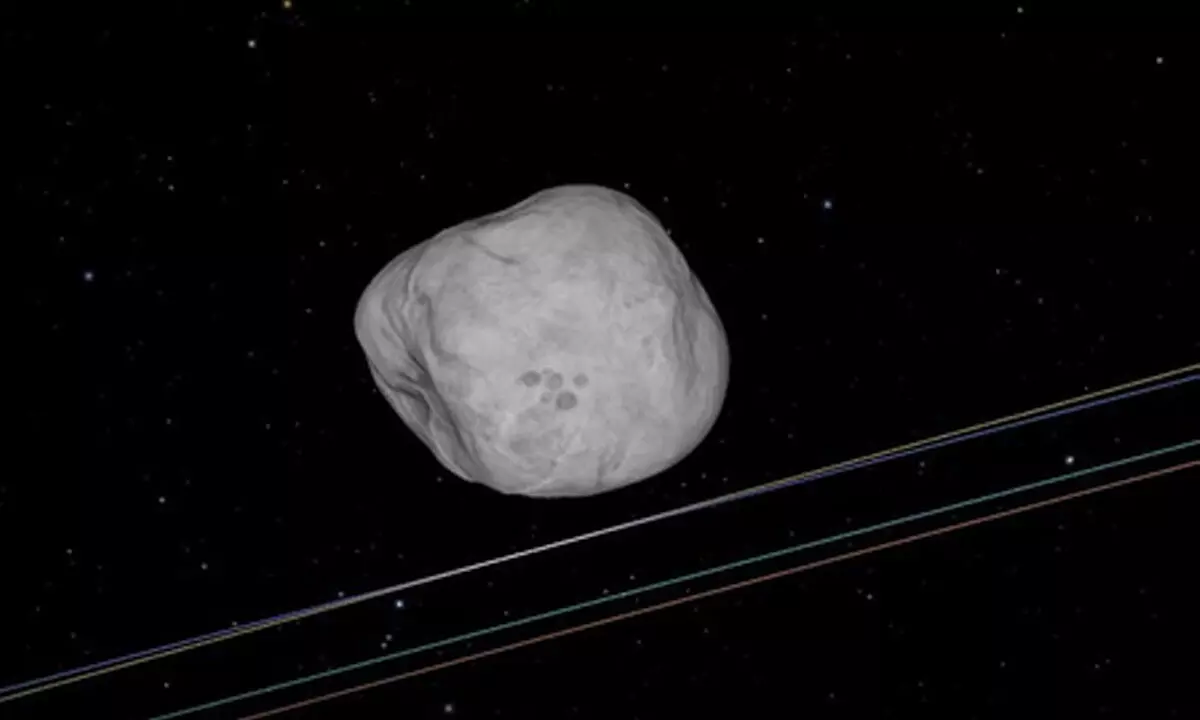Interstellar Comet 3I/ATLAS Confirmed, Poses No Impact Risk to Earth
NASA has declared 3I/ATLAS "Unambiguously a Comet" and said it poses "No Impact Risk" after the interstellar visitor survived its solar passage and emerged intact. The object is now the focus of a coordinated international observing campaign, offering a rare scientific windfall and potential policy implications for planetary defence and space research funding.
Listen to Article
Click play to generate audio

NASA’s latest bulletin on 3I/ATLAS makes clear that the interstellar visitor is a comet and not a threat to Earth. As of 15 November 2025 the object has completed its close passage by the Sun, survived perihelion, and is now brightening with a pronounced tail while emitting its first detected radio signals. The agency called the object "Unambiguously a Comet" and stated it poses "No Impact Risk."
The event has catalysed a global observing campaign. The James Webb Space Telescope has additional observations scheduled for December 2025, the European Space Agency’s JUICE spacecraft is slated to deliver complementary data in early 2026, and a network of ground based telescopes will continue to track the object into spring 2026. Together these assets turn 3I/ATLAS into what scientists are calling a once in a civilisation laboratory, a chunk of another planetary system venting ancient ices for detailed study before it fades back into the interstellar dark.
3I/ATLAS is the third recognized interstellar object to enter the inner Solar System, after 1I/'Oumuamua in 2017 and 2I/Borisov in 2019. Its survival through perihelion and subsequent activity provide a rare opportunity to sample materials formed around another star. Radio emissions from a comet are unusual, and their detection opens new channels for probing gas production, plasma interactions, and the structure of the coma at high spectral resolution.
The scientific payoff is likely to be substantial. Spectroscopy from JWST and coordinated ground based facilities can quantify the volatile inventory of the comet, measuring water, carbon monoxide, carbon dioxide, and organic constituents. Those measurements will feed models of planet formation, volatile transport, and the distribution of prebiotic materials across stellar systems. More broadly, the event underscores the rising yield of transient surveys; improvements in wide field detection systems mean interstellar visitors will no longer be a once in a generation curiosity but a repeatable target for targeted follow up.
There are immediate policy and market implications. The decision to pivot expensive assets such as JWST and JUICE toward this target reflects a growing premium on flexibility in mission planning. National and international agencies that fund space telescopes, planetary science programs, and planetary defence capabilities may use 3I/ATLAS as an example to argue for sustained or increased budgets for rapid response observing and interagency coordination. The object's role in helping a spacecraft at Mars rehearse planetary defence procedures demonstrates practical cross training, and may accelerate procurement of detection systems and deflection research under the umbrella of planetary defence programs.
Long term, the case of 3I/ATLAS highlights a trend toward more frequent, better characterized interstellar encounters driven by improved detection infrastructure and global cooperation. For industry, researchers, and policymakers the event is a test case in how to convert an ephemeral astronomical encounter into durable scientific knowledge and actionable policy lessons. The monitoring campaign will continue through spring, with incremental data releases expected to refine composition estimates and dynamical history for years to come.

